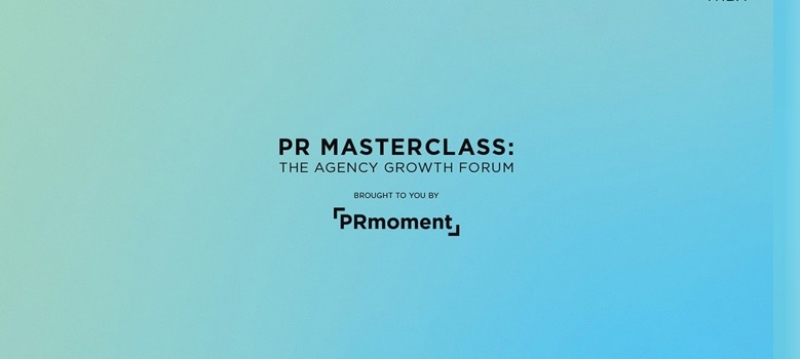For years, marketers have wrestled with the impact of the internet on campaign planning. The loss of control inherent in a world where information (or misinformation) and opinion (good or bad) can germinate, propagate and spread with the exponentially meiositic speed of a virus was unprecedented. And, at first, it terrified traditional marketers.
By the time forums and blogs had evolved into social networks and microblogging, however, they had learned to exploit it. Good marketing today is innately social, starts and ends with “online” and is all the more creative, open and user-oriented as a result. Marketers and advertisers understand that good campaigns need to be given space to grow, and not in a prescriptive way predetermined by the brand-owner.
I’m not convinced the PR community has universally got on board with this, or that they have thought through what “control” might mean in the context of their slice of the marketing mix. The fact that what “PR” actually stands for so often seems unrecognisable from the tactics that get implemented under the abbreviated rubric is a case in point.
Building a relationship with the public in today’s online-oriented world, where the notion of ceded control is established rather than emergent, must mean embracing those people, your stakeholders or consumers, in all their socially empowered individuality. It means getting personal. Or rather, allowing people to be personal, to interact with your brand in a personal way.
Typically, the PR planning process does not allow for much of this. Sure, public relations in 2011 is thankfully more about listening than telling. Brands are telling their stories more subtly, looking to engage rather than simply shout louder through the marketing megaphone. This is great. But most brands still consider themselves to be the absolute author of their story, no matter how personalised they make it and subtly they tell it.
Our industry is still defined by the language of the author rather than the reader; the creator rather than the user. Talk of creating a brand story and narrative and key messages is the norm and while this is for very good reason (organisations need to both have a better story to tell and become better storytellers themselves), I can’t help but feel it misses a bold opportunity.
Would not the purest form of advocacy – its logical conclusion – be to allow the user, the audience, in, to let them help create the story in the first place?
In a social world, consumers ideally become followers and advocates, “liking” your brand and sharing it across their online and offline network – with an added comment; or checking in at your point of sale on Foursquare – with an added tip or review for fellow customers to find. Each successive comment, tip, message, Tweet and review is a new addition to that brand's overall story. Layer upon social layer, imbricated like the tiles of a roof.
This is precisely why hotel chains, for example, are likely to lose the primary signifier of their brand value (the official star rating), due to the preference of people to base their decision about where to stay on the stories other customers tell of their personal experience of that brand. In this world, Ibis, let's say, doesn't own the signified story of its brand quality. That story is in the hands of the people who stay in an Ibis hotel and review it: its customers. Or, put another way, you and me.
For me, that is the world at which the trajectory of the social graph is aimed. A world where brands might no longer wholly own their PR story or message, even if they still originate it. Put a framework in place, absolutely, and let people know your ambitions and stated values – but encourage your customers to build your story themselves around that skeleton plot. Ask people to discuss, share and “Like” the values they think your brand should stand for. Invite real-world collaboration on a brand narrative.
Brands have gotten used to ceding control of how a marketing campaign might evolve. In the new world, they may need to also get used to loosening their grip on their PR narrative. It’ll be a terrifying thought to many, but let’s dare to think differently.
PR Masterclass: The Agency Growth Forum
Our experts will each give you a 20-minute Masterclass on what we've identified as the 11 most important elements in running a modern, profitable and successful PR firm.
Taking place on Wednesday 26th November in London, both virtual and in person tickets are available.
Tickets on sale now!
PR MasterclassIf you enjoyed this article, sign up for free to our twice weekly editorial alert.
We have six email alerts in total - covering ESG, internal comms, PR jobs and events. Enter your email address below to find out more:









